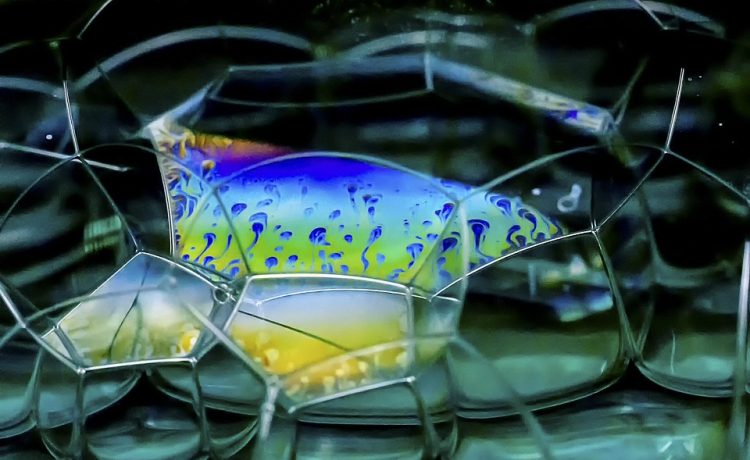Photography is an art form that merges technical skill with creative expression. In today’s digital age, many cameras come equipped with automatic settings that can easily capture decent images. However, to truly unleash your creativity and produce stunning photographs, mastering manual mode is essential. This article explores the intricacies of manual mode and how you can harness its full potential.
Understanding Manual Mode
Manual mode on your camera gives you complete control over three fundamental settings: aperture, shutter speed, and ISO. Understanding how these elements interact allows you to manipulate exposure and create images that reflect your artistic vision.
1. Aperture (f-stop)
Aperture controls the amount of light entering the camera through the lens. It is measured in f-stops (e.g., f/2.8, f/4, f/16). A wide aperture (small f-stop number) allows more light in, creating a shallow depth of field, which is ideal for portraits or isolating subjects from the background. Conversely, a narrow aperture (large f-stop number) lets in less light and provides a greater depth of field, making it perfect for landscape photography.
2. Shutter Speed
Shutter speed determines how long the camera’s sensor is exposed to light. It is measured in seconds or fractions of a second (e.g., 1/2000, 1/60). Fast shutter speeds freeze motion, which is beneficial for sports or wildlife photography. Slower shutter speeds can blur motion, adding a sense of movement to your images, which is commonly used in waterfall or night photography.
3. ISO
ISO measures your camera’s sensitivity to light. A lower ISO (e.g., 100) produces less noise and is ideal for bright conditions, while a higher ISO (e.g., 1600 or above) increases sensitivity, enabling you to shoot in lower light. However, using a high ISO can introduce noise to your images, so it’s crucial to find a balance.
The Exposure Triangle
The relationship between aperture, shutter speed, and ISO is known as the exposure triangle. Adjusting one element requires compensating with the others to maintain a proper exposure. For example, if you increase the aperture to let in more light, you may need to decrease the shutter speed or ISO to prevent overexposure.
Tips for Mastering the Triangle:
- Experiment: Take multiple shots with different combinations of the three settings to see how they affect exposure and depth of field.
- Use the Exposure Meter: Most cameras come with an in-built exposure meter that displays a scale to guide you in achieving balanced exposure.
- Practice: Take your camera out in different lighting conditions to gain confidence in adjusting settings.
Finding Your Style
Once you grasp the technical aspects of manual mode, you can start developing your unique photographic style.
1. Understand Your Subject
Different subjects require different techniques. For portraits, use a wider aperture for a soft background; for landscapes, opt for a smaller aperture to ensure everything is in focus.
2. Play with Light
Light is the most crucial aspect of photography. Experiment with backlighting, silhouettes, and reflections to create evocative images. Observe how changing the time of day alters the quality of light.
3. Learn Post-Processing
While capturing the perfect shot is the goal, post-processing can elevate your images even further. Use software to adjust exposure, contrast, and color balance for a polished final product.
Overcoming Challenges
Transitioning to manual mode can be daunting, especially in challenging lighting conditions. Consider the following strategies to build your confidence:
- Start Slow: Begin by adjusting one setting at a time and gradually incorporate others.
- Use a Tripod: For low light situations or long exposures, a tripod ensures stability and allows for slower shutter speeds without camera shake.
- Shoot in RAW: This file format captures more detail and dynamic range, providing greater flexibility during editing.
Conclusion
Mastering manual mode is a rewarding journey that unlocks your camera’s full potential. By understanding and manipulating aperture, shutter speed, and ISO, you gain the power to create images that resonate with your artistic vision. With practice, patience, and an eagerness to learn, you will find yourself capturing breathtaking photographs that tell a compelling story. So grab your camera, switch to manual mode, and let your creative spirit shine!






